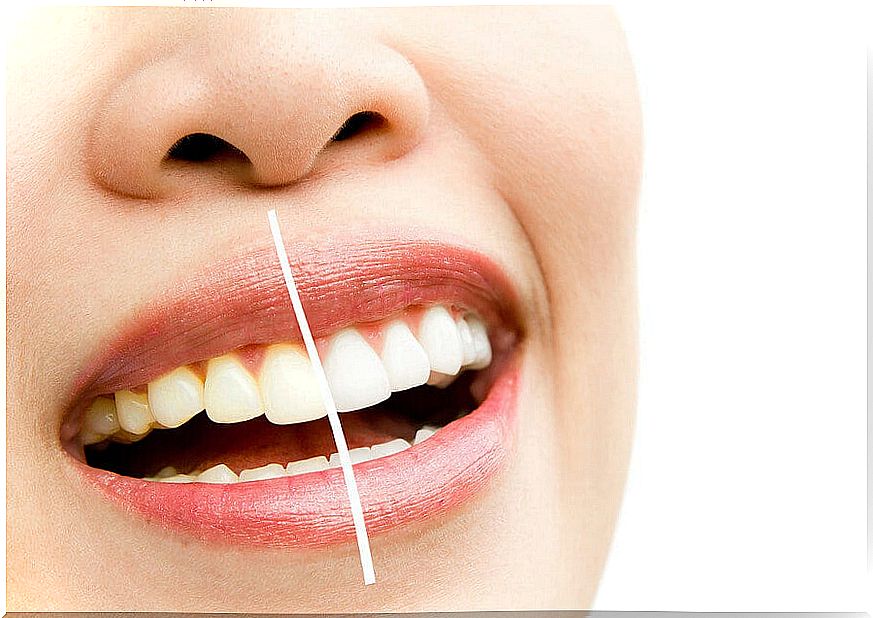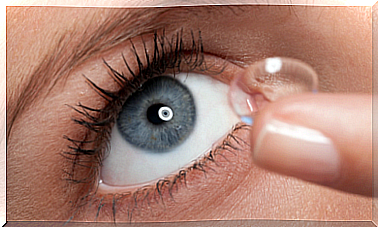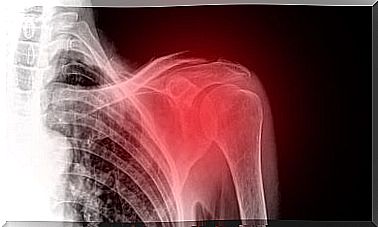Causes Of Stained Teeth
Stained teeth are a dental entity in themselves. Professionals study them in their appearance and morphology to know how to treat them and how to prevent them.
Tooth stains are also an aesthetic concern for patients . It is intended that the smile and the act of speaking are not affected by colorations that conflict with the expected white of the teeth.
Types of stains on teeth
There are basically two types of dental stains :
1. Extrinsic
They are located in the superficial layers of the dental elements. They come from a drink or food with staining power. They can originate with wine, coffee, and soy sauce.
Smokers also have extrinsic tobacco stains. On other occasions, even without having been exposed to these factors, they appear and are attributed to tooth aging and wear.
2. Intrinsic
These stains are in the deepest layers of the tooth. They can be caused by trauma or a birth defect.
Sometimes these defects are due to the mother ingesting a drug during pregnancy, such as tetracyclines. A particular condition is fluorosis due to an excessive intake of fluoride.
Causes of stained teeth
We name you here what are the most frequent causes of stained teeth in the general population. Among them we have:
- Aging: over the years, the enamel becomes darker. There is also wear and tear typical of use that thins the enamel, revealing the inner layers that are of another color.
- Food: as we anticipated, there are drinks and foods capable of staining teeth. Coffee is one of the stainers par excellence. Red wine, carrots, citrus fruits and vinegar are erosive to enamel, and can stain dental elements.
- Tobacco: Nicotine stains teeth brown.
- Natural color: not all people have the same color of teeth. From birth there are differences in shades between one and the other that can make a staining more evident.
- Medication: there are drugs associated with tooth discoloration such as diphenhydramine and chlorhexidine. Of course, this happens if they are consumed for a long time. Other medications work by disturbing the formation of teeth in childhood; including tetracyclines.
- Fluorosis: when a person consumes more fluoride than recommended, it accumulates in the body, especially in the teeth. The fluoride in the dental elements generates stains.
- Trauma: mainly in children, whose teeth are in the formative process, a trauma can alter the growth process, forming a stain.
- Poor hygiene: lack of brushing habit or poor brushing technique is a cause of stained teeth.

The colors of the stains on the teeth
Not all tooth stains are the same. They come in different colors, depending on the cause that originated them. The color is important for the dentist who receives the consultation for stained teeth, since it can approximate the diagnosis from the visual analysis.
White spots, for example, point to fluorosis. The spots due to the accumulation of bacterial plaque are also white, which becomes more evident the worse the oral hygiene.
The brown color is usually from food or drinks. Tobacco also causes brownish coloration in the teeth. If there is accumulation of food debris, the spots are yellow.
The yellow in the teeth reveals bacterial plaque, which has been formed by microorganisms that found a good space for development due to the lack of hygiene.
Green spotting is more common at an early age. It is linked, like yellow spots, to poor brushing. The green pigment behind this staining is called phenazine and it comes from particular bacteria and fungi.
Finally, the black spots on the teeth are formed by a high consumption of iron or by drugs such as chlorhexidine. Periodontitis disease has black spotting as a symptom.

How to prevent stained teeth?
There are general measures that can be applied to try to avoid the appearance of stains on the teeth. Some of them are:
- Improve dental hygiene: the correct use of the brush and the practice of brushing frequently are the main tools to protect the teeth.
- Visit the dentist: regularly we must let a professional evaluate our mouth to give us the appropriate recommendations.
- Cut down on drinks: like coffee or soda.
- Give up tobacco.
Do you notice any alteration in the coloration of your teeth? If so, request a consultation with a dental professional to determine why.









